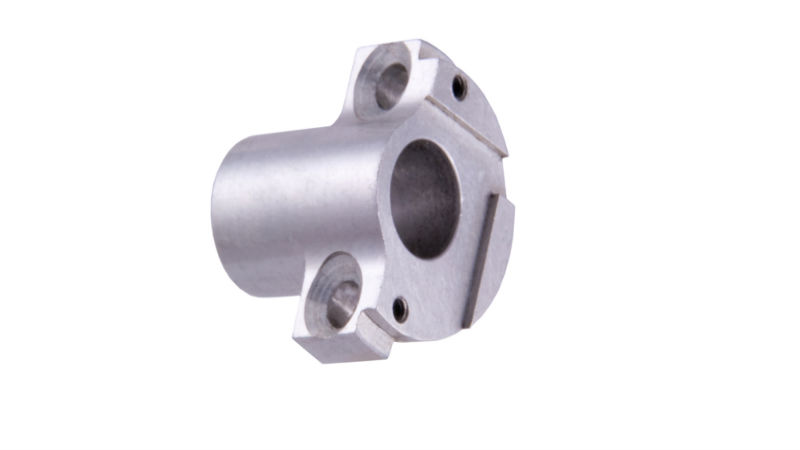Many businesses today have a wide range of needs for networks and wiring systems. In fact, communication systems have many cables to install and this brings up a common debate. Suppose you are installing a non waterproof cable connector and you have the option of soldering or crimping? Which is the best method?
Soldering
Solder is made from tin and lead and when melted to conductors, it forms an excellent seal and connection. Here are some of the benefits you can receive when you solder a non waterproof cable connector:
* Simple tools required – you only need to hold the connectors in place and heat them.
* Forgiving – if the connection is not perfect (center conductor slightly smaller than needed) solder can make up the difference, forming a tight connection.
* Dependable
* Long lasting
Disadvantages
Soldering is more labor intensive and time consuming than crimping. There are a few more downsides to consider, such as:
* Heat sensitive – solder has a low melting point.
* May fail under constant vibration
* Skill required – must be done properly or the connections will not bond.
Crimping
In order to crimp a non waterproof cable connector you need crimp type fittings and a crimping tool. The process is simple. The technician strips the cable and places a crimping tool over the area to be crimped, clamping down and finishing the process. Here are the benefits:
* Quick and simple
* Can be done in the field
* Resists vibration
* Heat resistant
Downside
The main problem with crimping is getting it right Wires must be properly stripped and crimping has to be in the right place and there are a few more disadvantages.
* Connection cannot be un-done.
* Not moisture resistant
* Signal quality will be bad on poorly crimped connections
* Crimping solid conductors properly requires skill and experience.







